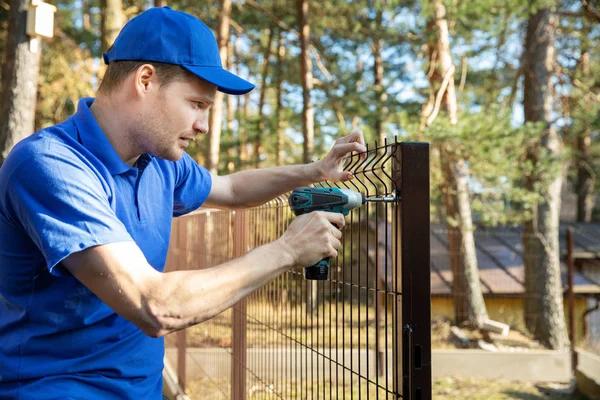Northern Ohio, with its unique climate and weather conditions, presents specific challenges to maintaining a healthy and vibrant lawn. Understanding these issues can help homeowners devise effective strategies for overcoming them.
One of the most common problems faced by Northern Ohio residents is dealing with cool-season grasses’ difficulties. Unlike warm-season grasses that thrive in southern states, cool-season varieties such as Kentucky bluegrass, perennial ryegrass, and fine fescue are more suited to Ohio’s climate. However, these types need more maintenance due to their susceptibility to diseases like snow mold and leaf spot.
Snow mold typically appears in early spring as the snow melts away. It manifests as circular patches of pink or gray on your lawn that can kill grass if left untreated. Leaf spot disease is another fungal issue that causes brown spots on blades of grass during wet periods in spring or fall. To combat these diseases, regular aeration of the lawn helps prevent compaction and improves drainage while using fungicides can also be beneficial.
Another significant challenge is grubs – beetle larvae that feed on grassroots causing extensive damage if not controlled promptly. Grubs are best treated in late summer or early fall when they are small and feeding close to the surface. Applying K9 turf cleveland appropriate insecticides at this time will yield optimal results.
Weeds present another hurdle for Northern Ohio lawns due to abundant rainfall during the growing season favoring weed growth over grasses. Regular mowing at proper heights can discourage weed establishment while applying pre-emergent herbicides in early spring prevents germination of weed seeds.
Cold winters in Northern Ohio cause soil freezing which could lead to winterkill- death of turfgrass caused by a combination of factors including extreme cold temperatures without adequate snow cover for insulation against freezing winds. The use of winterizer fertilizers rich in potassium helps strengthen cell walls within plants making them more resistant to cold stress thereby reducing chances for winterkill.
Lastly, nutrient deficiency poses a challenge especially where the soil is clayey and alkaline, common in Northern Ohio. Regular soil testing allows homeowners to understand their lawn’s specific nutrient needs and apply appropriate fertilizers.
In conclusion, maintaining a lush green lawn in Northern Ohio requires understanding the unique challenges posed by its climate and weather patterns. Adopting disease prevention strategies such as regular aeration and use of fungicides, grub control through timely insecticide application, weed management via mowing and herbicides use, protecting against winterkill with winterizer fertilizers, and addressing nutrient deficiencies through soil testing are key to overcoming these challenges. With patience and consistent effort, it’s entirely possible to enjoy a healthy beautiful lawn despite these obstacles.
ForeverLawn Northern Ohio
2714 Warner Rd, Hinckley, Ohio 44233
440-866-4585




